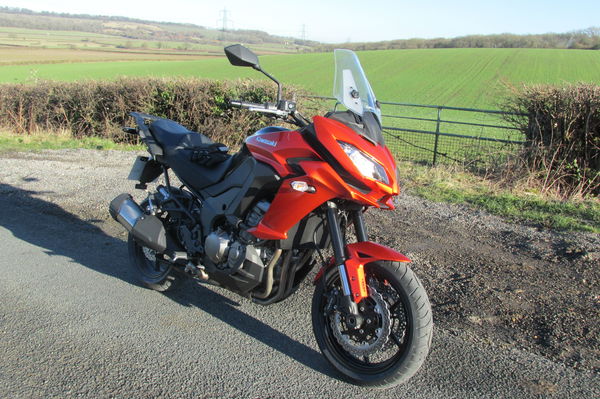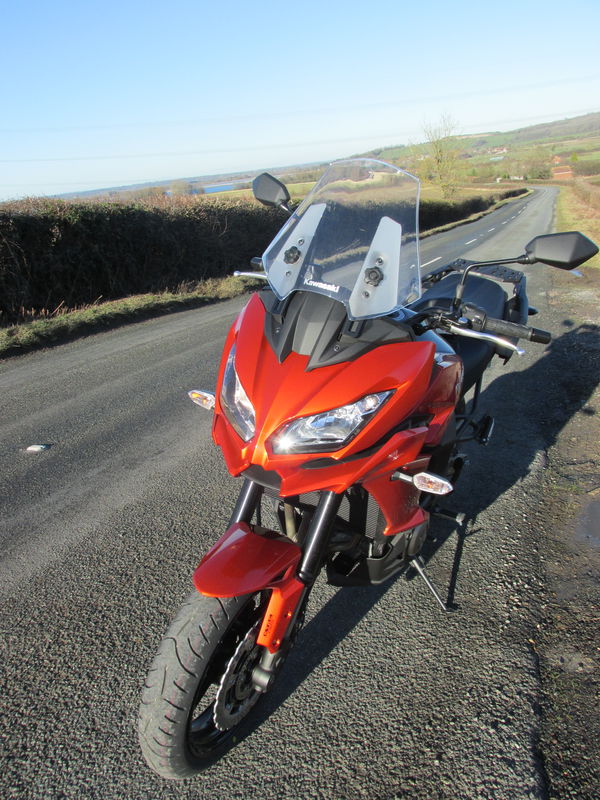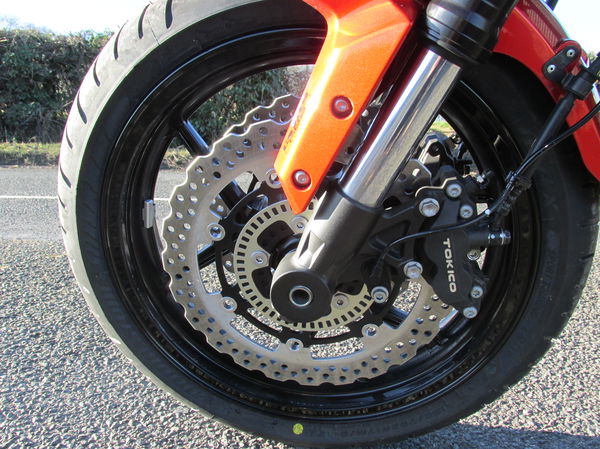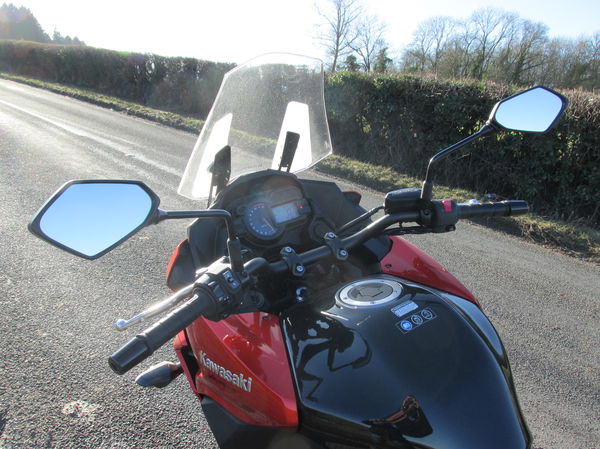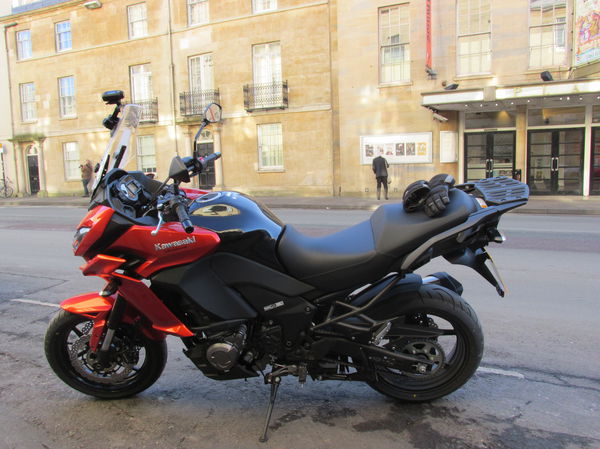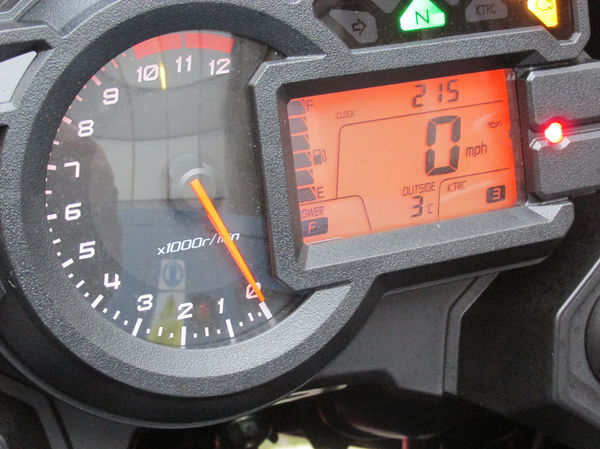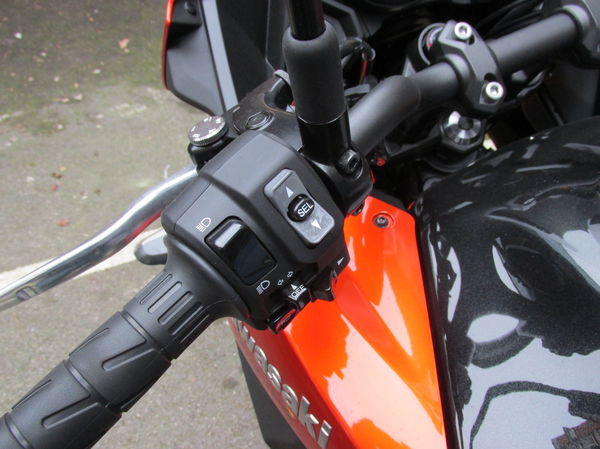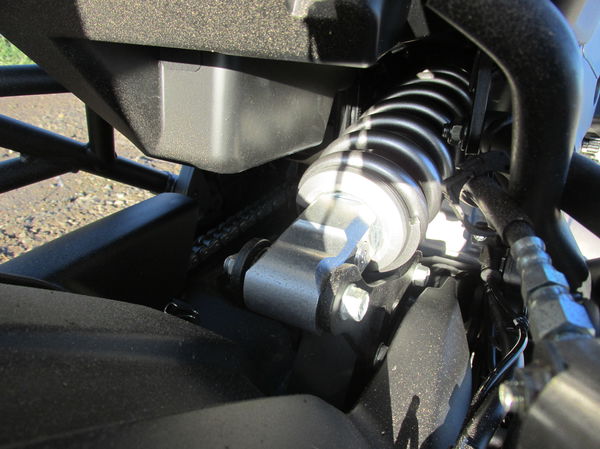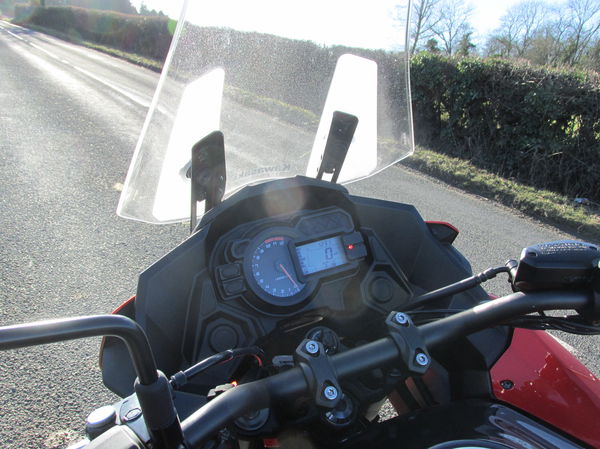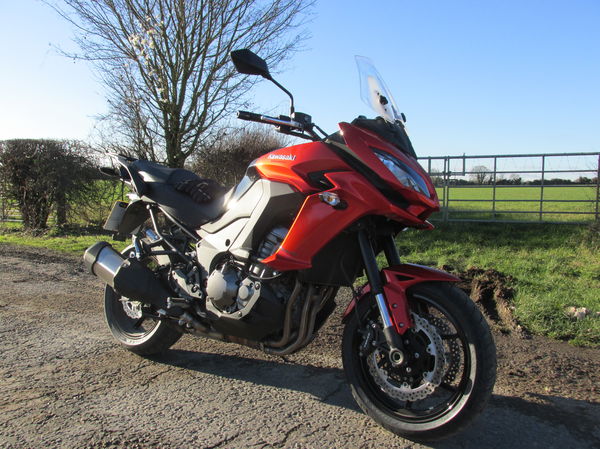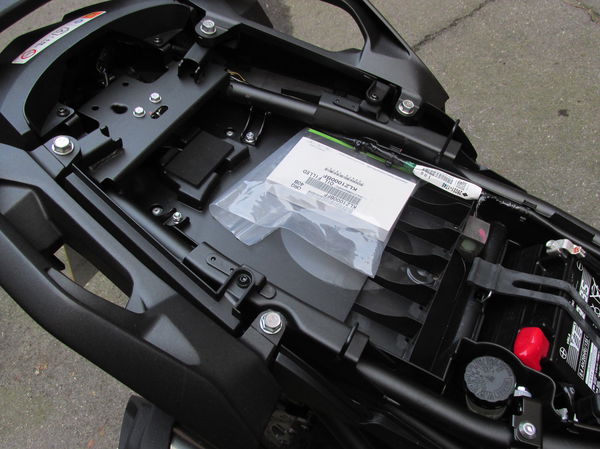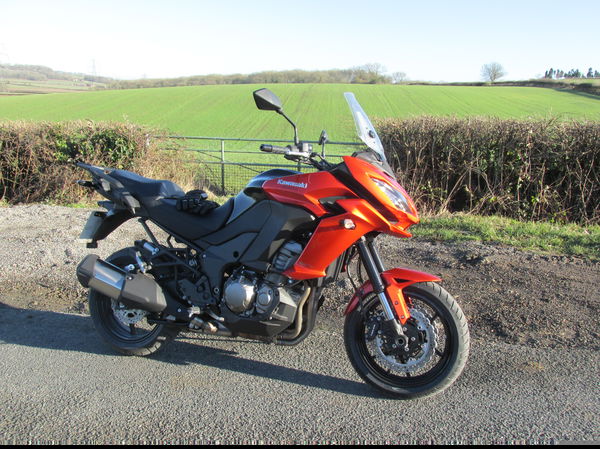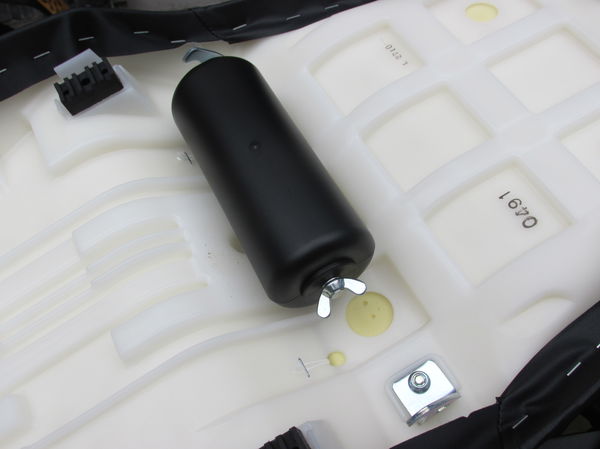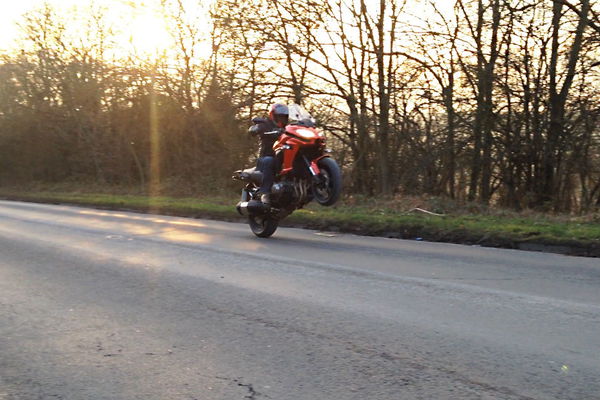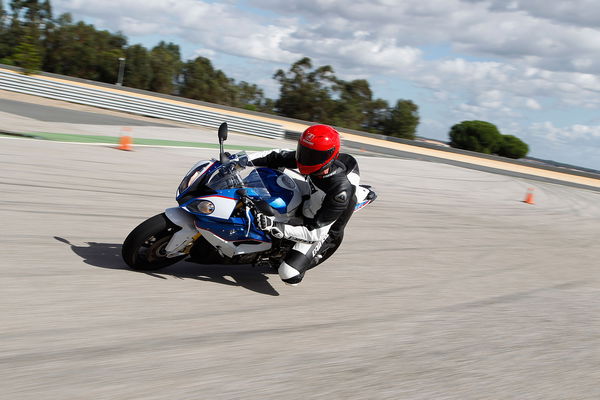First UK road test: Kawasaki Versys 1000 review
At last the Versys 1000 has styling to match its latent vein of hooliganism
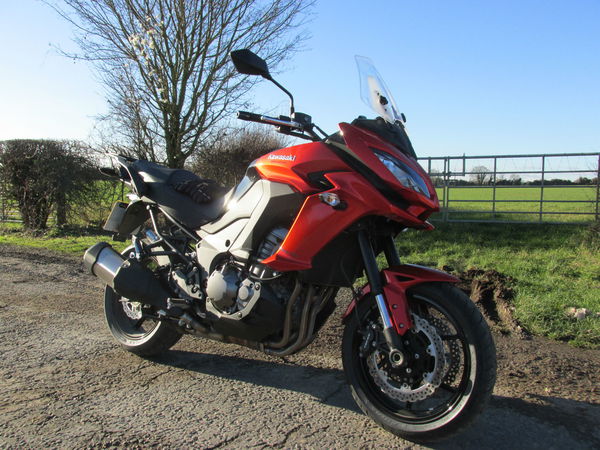
IF there was one thing that put people off buying Kawasaki’s old Versys 1000 it was probably the looks. No matter what a bike’s like to ride, styling as bland as a suitcase will always be a stumbling block.
Look at it now. More angles in the fairing, a pointier nose, a new pair of angry-looking twin headlights and it’s become the bike it ought to have been. It looks like a machine that wants to do things, and not necessarily nice things. It looks like a Kawasaki.
One of the things it wants to do is wheelie. The old Versys 1000 was known as a bit of a closet wheelie monster. It might have been styled for a head teacher but it was a delinquent at heart.
As is this one. The Z1000SX-based engine makes 120hp, two more than the old Versys. That may not seem like all that much from a 1043cc in-line-four but what you get with the Versys is a lavish spread of torque.
It pulls from 3,000rpm in fifth. In first gear, just whack open the throttle – there’s no need to do anything else – and by about 4,000rpm the front wheel takes off, rising in a reassuringly controllable, progressive manner. The red line is at 10,000rpm but you may have looped it by then if you keep it pinned.
It’s got traction control with three levels of intervention. Level one allows wheelies but will cut power as the rotation of front wheel slows (because the system thinks that means traction has been lost). Levels two and three intervene sooner to prevent wheelies. You can also switch the traction control off. When the traction control does intervene, it's with relative subtlety, detectable as momentary hesitations in drive accompanied by a flashing yellow light on the dash.
There are also two power settings, full and low, the latter cutting output by about 25%.
It's a very simple and intuitive system. You just press one button on the left bar to choose to change the power or traction control, then another to choose between the levels.
In sixth gear, 70mph translates to not much over 4,000rpm, so the engine feels like it's barely broken into a canter, but that mass of low-down torque means it can quickly come alive without the need to change down. Rubber engine mounts have been added to reduce vibration.
You could do big miles on this, and now you can take some stuff with you thanks to two new editions that use the Versys' strengthened sub-frame to carry luggage. There’s the Versys Tourer, with panniers and hand-guards, and the Grand Tourer, which also has a top box, 12-volt power socket, fog lamps and a gear indicator, among other things.
The one I used on my 200-mile test on greasy UK winter roads was the base edition. It doesn't have panniers or a top box but does have a rack and still offers excellent comfort, with a soft seat and 150mm of suspension travel front and rear.
I got 45.8mpg on a mix of roads, calculated from fuel receipts. That gives a touring-friendly range of over 200 miles from the 21-litre tank.
The screen height is adjustable by 75mm where the old one went up or down just 30mm. At it's tallest, it's just above chin level for an average-height rider. You still have to adjust it manually, and the two knobs you have to twiddle are on the front of the screen, so you must also get off.
It's not a light motorcycle. The twin-tube aluminium frame is unchanged but the Versys has managed to gain 11kg over the old model, helped by the addition of a centre-stand as standard equipment. It's 250kg wet.
I was a little conscious of the weight and bulk while filtering and weaving through London traffic but the wide bars and generous steering lock make it quite manoeuvrable and the seat isn't all that high for this sort of machine. It's 840mm, which is 5mm lower than the old one and allowed this 5'9” rider to get the balls of both feet on the ground.
The mirrors are big and far enough apart to give an excellent rearward view but don't usually get in the way when filtering because they pass over or under the mirrors of cars and vans.
It's also helped in the city by a smooth throttle response and a new assist slipper clutch which makes for a lever that's easy to pull.
Out of the city, that slipper clutch reduces the back-torque which can cause the rear to lock when down-shifting, while the wide bars and 17-inch front wheel make it easy to change direction on rural roads.
Here any thought of weight is forgotten. The old Versys's forks were criticised as vague and hard, resisting weight transfer to the front under braking, so Kawasaki has answered with a new 43mm upside-down pair from Showa. They felt well set-up, on the firm side for an adventure bike, with good damping, as did the horizontally mounted shock. Both ends have adjustable pre-load and rebound damping.
I was never unsure of the Bridgestone T30 Sport Touring tyres, even on those patches that never dry on our winter roads.
The brakes have not quite R1200GS levels of bite from the front but not all that not far off, with a good sense of control over the degree of pressure applied through the twin 360mm petal front discs. ABS is standard.
You get what looks like a generous under-seat space, albeit wide and shallow. You also find a neat tube-shaped box containing the tool-kit, attached to the underside of the seat.
The clocks consist of a dial rev counter and digital display telling you your average fuel consumption, range and the ambient temperature, among other things.
As I began my test ride, the dash cheerfully told me the temperature was -3C and I wondered if the cost of the ambient gauge could have instead paid for some heated grips. I'd have thrown in the centre-stand if necessary. After 20 minutes of riding, I didn't need a gauge to tell me it was freezing.
Frostbitten fingers, though, should not taint the overall impression made by the Versys 1000, which was a good one.
Prices, excluding on-the-road charges, start from £9,747 for the base edition, only £148 more than the old one. The Tourer is £10,399 and the Grand Tourer £11,099.
That's a new problem for the Suzuki V-Strom 1000, which is £9,999 plus OTR and has nowhere near the go of the Versys 1000, either in practice or on paper, with a claimed 99hp.
It's not terrific news for the new Yamaha MT-09 Tracer which, although lighter and cheaper, at £8,149 OTR and 190kg, doesn't have the low-down torque of the Versys.
It's good news, though, if you want a thoroughly competent tourer and all-rounder with a rich vein of latent hooliganism, and now the styling to match.
Model tested: Kawasaki Versys 1000
Price: £9,747 plus OTR
Engine: 1043cc in-line-four
Power: 120hp @ 9,000rpm
Torque: 75lbft @ 7,500rpm
Kerb weight: 250kg
Frame: Twin-tube aluminium
Tank capacity: 21 litres
Seat height: 840mm
Colours: orange/black, white/black, black metallic/matt
